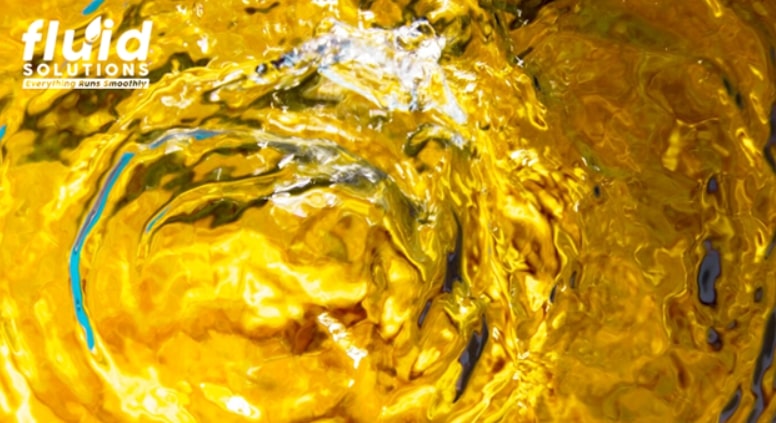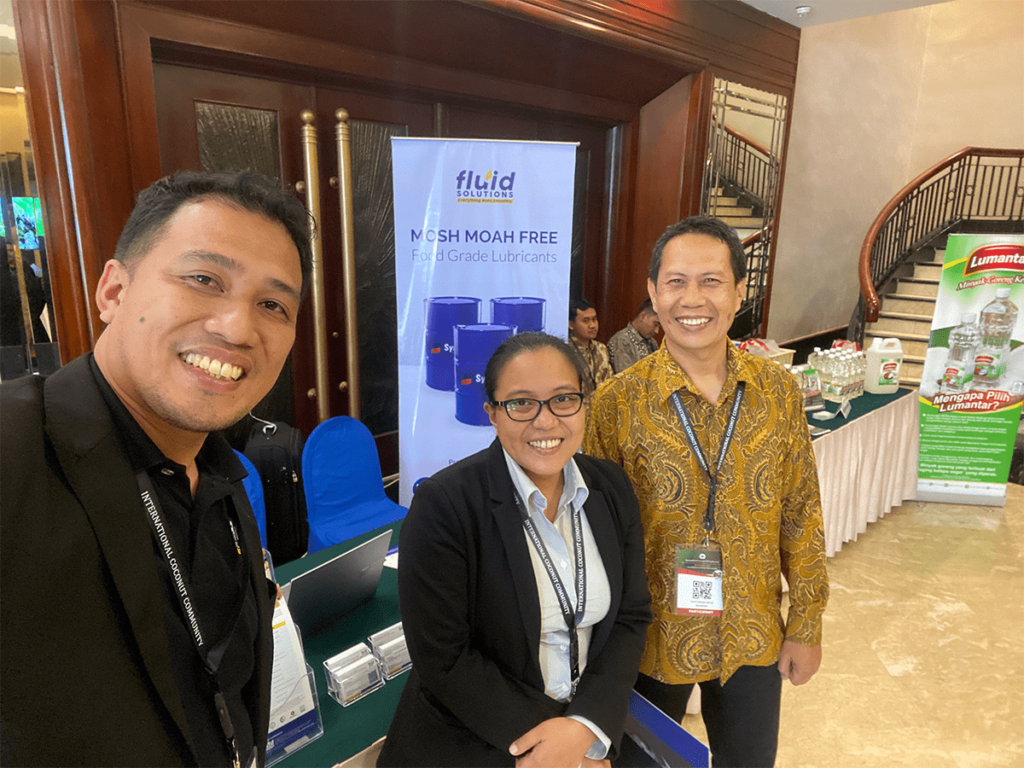Solid contamination levels in oils should be kept at a minimum as its presence is a big contributor to component wear, ultimately causing premature failures. Unfortunately, the cleanliness levels of lubricating oils, as delivered by various manufacturers and suppliers, are not typically declared, nor are end-users aware of its importance.

[Image Alt Text: Solid Contamination Levels in Lubricating Oils: Importance, Standards, and Best Practices]
Maintaining low solid contamination levels in lubricating oils is crucial for the optimal performance and longevity of machinery, as solid contaminants significantly contribute to component wear and premature failures. Unfortunately, the cleanliness levels of lubricating oils supplied by various manufacturers are not always declared, leaving end-users unaware of the potential risks. Solid contamination in oils must be kept to a minimum to prevent component wear and premature failures. Solid contaminants can cause significant damage to machinery, leading to increased maintenance costs and downtime. Despite the critical nature of oil cleanliness, many end-users remain unaware of the contamination levels in lubricating oils and grease lubricants.
This lack of awareness can result in oils and grease that do not meet necessary cleanliness standards, affecting equipment performance and lifespan. This blog discusses the importance of oil cleanliness, the standards used to measure contamination levels, and best practices for ensuring clean lubricants.

[Image Alt Text: NAS 1638 Contamination Classification System]
NAS Standards for Contamination Levels
In the 1960s, the National Aerospace Standards (NAS) introduced a system for classifying lubricants based on contamination levels. This classification was essential for aerospace applications, where clean oils were required for the hydraulic systems of aircraft. NAS 1638 classifies lubricants by counting particles in five size groups, with lower numbers (e.g., 00, 0) indicating a clean lubricant, and higher numbers (e.g., 12) indicating a prominent level of solids. This system helps ensure that lubricants used in aerospace applications meet the stringent cleanliness requirements necessary for safe and efficient operation.
ISO 4406 Standard
More recently, the ISO 4406 standard has become widely accepted for measuring contamination levels in lubricating oils. This ISO standard evaluates three particle sizes: >4 microns, >6 microns, and >14 microns per milliliter of oil. Each lubricant is assigned a three-digit rating, representing the contamination level for each particle size. For example, an oil may be rated as ISO 4406 – 20/18/15. This rating system provides a detailed understanding of the oil’s cleanliness and helps users ensure that their lubricants meet the required standards for their specific applications.
Acceptable ISO 4406 Levels
As a general guide, ISO 4406 levels of 19/17/14 and 18/16/13 are considered acceptable for most applications. However, it is always best to consult the Original Equipment Manufacturer (OEM) for their specific recommendations. Different machines and applications may have varying cleanliness requirements, and adhering to OEM guidelines can help prevent issues related to oil contamination. By following these recommendations, maintenance practitioners can ensure that their lubricants, including grease lubricant, provide optimal protection and performance.
Importance of Oil Cleanliness Data
With newer machines featuring tighter tolerances and higher pressures, it is essential to demand oil cleanliness data from vendors. This data should be cross-referenced with OEM recommendations to ensure the oil meets the necessary standards. In the absence of cleanliness data, pre-filtering lubricating oils before filling them into machines can be an effective practice. This proactive approach helps remove contaminants and ensures that the oil used is as clean as possible, reducing the risk of component wear and failures.
Ensure Optimal Performance with Clean Lubricating Oils from Fluid Solutions
By maintaining low solid contamination levels in lubricating oils and adhering to established standards like NAS 1638 and ISO 4406, you can significantly enhance the performance and lifespan of your machinery. Trust Fluid Solutions for your lubrication needs and experience the benefits of using clean lubricants in your operations.
We specialize in providing high-quality lubricating oils and grease. We recognize the critical role of premium grease and lubricating oils in various applications. Our products are designed to meet the highest cleanliness standards, ensuring optimal performance and reliability. Contact Fluid Solutions at (02) 8370 5928 or via email at inquiry@fluidsolutions.com.ph for oil cleanliness data and pre-filtration solutions to ensure your machinery operates at its best with our clean lubricants.


